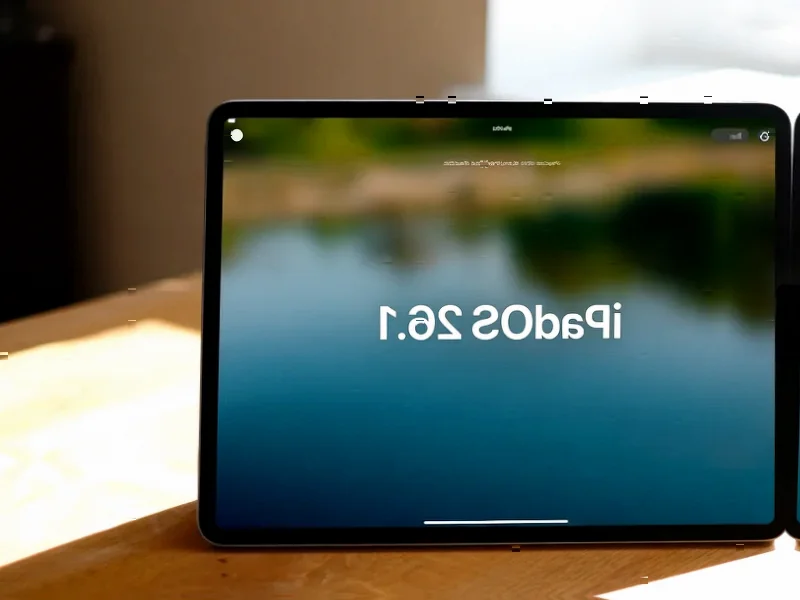According to The How-To Geek, Windows 11 displays advertising content across multiple system components including the Start Menu, File Explorer, Settings app, and lock screen, regardless of whether users have purchased the $140 Windows Home or $200 Windows Pro editions. The advertising push intensified with the April 2024 KB5036980 update that configured Windows to display app recommendations in the Start Menu, while File Explorer ads have been appearing since 2022 when first spotted by X user Florian Beaubois. The publication provides detailed instructions for disabling ads across seven different Windows components through specific settings adjustments. This comprehensive guide reveals the extent of Microsoft’s advertising integration throughout the operating system.
The Platform Monetization Shift
Microsoft’s decision to embed advertising throughout Windows 11 represents a fundamental shift in how the company monetizes its flagship operating system. While Windows has traditionally been a product business with revenue coming primarily from licensing fees, the company is increasingly treating it as a platform for delivering services and advertising. This mirrors strategies employed by Google with Android and Apple with iOS, where the operating system becomes a conduit for broader ecosystem monetization. The technical implementation involves deep integration of advertising frameworks into system components that users interact with daily, creating persistent touchpoints for Microsoft’s services and partner promotions.
The User Experience Compromise
The proliferation of ads within core system interfaces creates significant user experience challenges. File Explorer, designed for file management, now serves promotional content that distracts from its primary function. The Start Menu, historically a clean application launcher, now includes recommended apps that many users perceive as clutter. These design decisions reflect Microsoft’s balancing act between user convenience and revenue generation. The technical implementation often involves background data collection to personalize these ads, raising questions about system resources and privacy implications beyond the visible interface changes.
Enterprise and Professional Concerns
For business users, the presence of advertising in professional tools like File Explorer presents productivity and security concerns. Corporate environments require predictable, focused interfaces without distractions that could lead to user error or security risks. The fact that these ads appear even in Windows Pro, typically deployed in business settings, suggests Microsoft may be prioritizing consumer monetization strategies across all editions. System administrators now face additional configuration overhead to disable these features across organizational deployments, adding to the total cost of ownership beyond the initial license fees.
Behind the Advertising Infrastructure
The technical architecture supporting these ads involves multiple Windows subsystems working in concert. Microsoft’s advertising platform integrates with system services that manage user preferences, application usage patterns, and even file metadata to deliver contextually relevant promotions. The synchronization provider notifications in File Explorer, for instance, leverage cloud service integration points that can be repurposed for promotional content. This infrastructure represents significant engineering investment in making advertising a native Windows capability rather than a bolt-on feature, suggesting this strategy is here to stay.
The Future of Operating System Economics
Microsoft’s approach reflects broader industry trends where operating systems evolve from standalone products into platforms for ongoing monetization. As cloud services and subscription models dominate software economics, traditional one-time license fees become less sustainable as sole revenue sources. However, the implementation raises questions about user autonomy and the fundamental purpose of an operating system. Should paid software serve the user exclusively, or has the definition of “operating system” expanded to include being a delivery vehicle for services and promotions? The answer will shape not just Windows but the entire software industry’s approach to platform monetization.




